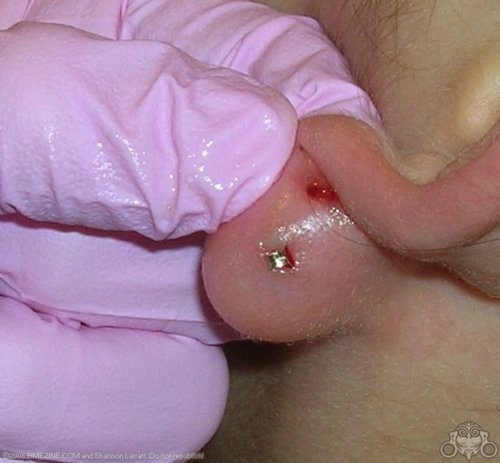Some people find genital piercings empowering, for others the motivation is sexual and some people simply find these piercings pretty. Whatever your motivation, you then have to find the right piercer to do it for you.
So what should you be looking for? The first thing people tend to say is you need to find an experienced piercer. Well I agree experience is a good thing but I don’t actually think that this is what you should focus on.
You need to find a piercer who is technically competent but more importantly, will deal with you sensitively, comfortably and professionally both when talking to you and also when performing the actual piercing.
Most genital piercings are technically very straightforward and easier to perform than even some ear piercings. The difficult part is overcoming embarrassment.
Also, your piercer will have to discuss aftercare with you which will include talking about sex and toilet habits. Aftercare is so important with genital piercings!
We have a private studio and you are welcome to bring a trusted friend with you. If you want to come alone, I always have a female assistant with me when I do genital and nipple piercings, as a matter of course.
You are welcome to make an appointment to come and visit us and discuss your piercing and suitable jewellery without any commitment (or cost) to having it done. Previous customers have really appreciated this.
PiercerJack

